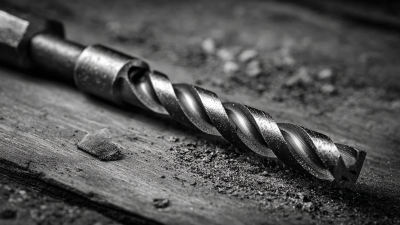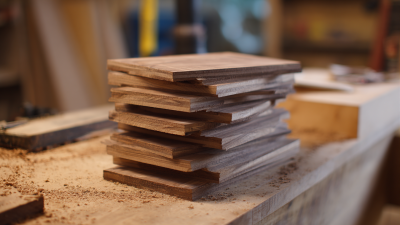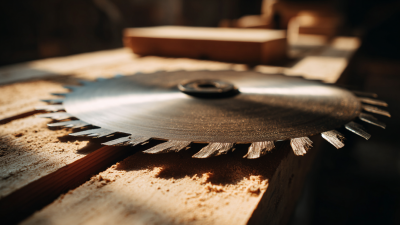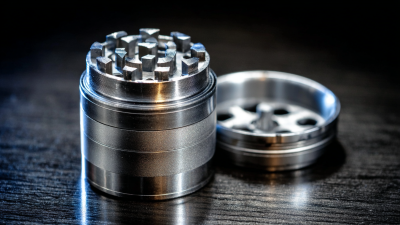FREE SHIPPING ON ALL BUSHNELL PRODUCTS
Leave Your Message
In the ever-evolving landscape of construction and masonry, achieving superior surface finishing has become paramount for both aesthetic and structural integrity. The use of specialized tools, particularly the Brick Grinding Disc, has revolutionized the approach to surface preparation and finishing in the industry. According to a recent report by Research and Markets, the global market for grinding tools is projected to reach USD 12.2 billion by 2027, showcasing a compound annual growth rate (CAGR) of 5.4%. This growth is driven by the increasing demand for high-performance and efficient surface finishing solutions. The Brick Grinding Disc stands out as a frontrunner, delivering precision, durability, and the capacity to handle various materials, including bricks, concrete, and stone. As professionals seek to enhance their finishing techniques, understanding the power and application of Brick Grinding Discs becomes essential for achieving optimal results in contemporary masonry projects.

When it comes to surface finishing, selecting the right brick grinding disc is crucial for achieving optimal results. Different grinding discs are designed for specific materials and tasks, so understanding your project’s requirements is key. Factors such as the hardness of the brick, the desired finish, and the tools you have on hand will guide your choice. For example, a diamond grinding disc might be ideal for dealing with hard-fired bricks, while a resin-bonded disc could work well for softer materials.
**Tips:** When choosing a brick grinding disc, always consider the grit size. Finer grit discs provide smoother finishes, while coarser grits are better for aggressive material removal. Additionally, ensuring compatibility with your grinding tool will not only enhance efficiency but also extend the life of both the disc and the equipment. Regularly check the condition of the grinding disc to prevent unexpected breakdowns and ensure a consistent finish.
Ultimately, knowing the specific features of various brick grinding discs can greatly enhance your surface finishing techniques. Make informed decisions based on your unique needs, and don’t hesitate to seek expert advice when in doubt. Your choice of disc can significantly affect both the quality of your work and the efficiency of your process.
| Disc Type | Material | Grain Size | Application | Recommended Use |
|---|---|---|---|---|
| Diamond Grinding Disc | Diamond | Fine (30-60 grit) | Concrete and Brick | Heavy polishing and finishing |
| Carbide Grinding Disc | Tungsten Carbide | Medium (36-60 grit) | Masonry | Aggressive cutting and shaping |
| Alumina Grinding Disc | Alumina Oxide | Coarse (20-40 grit) | Brick and Tile | Initial shaping and roughing |
| Flap Disc | Zirconia Alumina | Fine to Medium (40-80 grit) | Metal and Masonry | Blending and finishing |
| Resin Bond Grinding Disc | Resin | Varied (30-80 grit) | Concrete and Brick | Versatile use for various finishes |
When it comes to achieving a superior surface finish on brick and masonry, the choice of grinding disc is crucial. Brick grinding discs are available in various types, each designed for specific tasks. Common types include diamond grinding discs, which are ideal for heavy-duty applications and provide exceptional durability and cutting power. These discs are perfect for smoothing rough edges and preparing surfaces for further treatments. Another type is the ceramic grinding disc, which is more suited for finer finishing tasks, allowing for a smoother surface without over-grinding.
Tips for using brick grinding discs effectively include selecting the correct grit for your project. Coarse grits are suitable for removing significant imperfections, while fine grits are better for finishing touches. Always ensure that you maintain a consistent angle while grinding to avoid uneven surfaces. Additionally, it's essential to use appropriate safety gear, such as goggles and masks, to protect yourself from dust and debris generated during the grinding process. Using the right technique and equipment can transform your brick surfaces, giving them a professional finish.
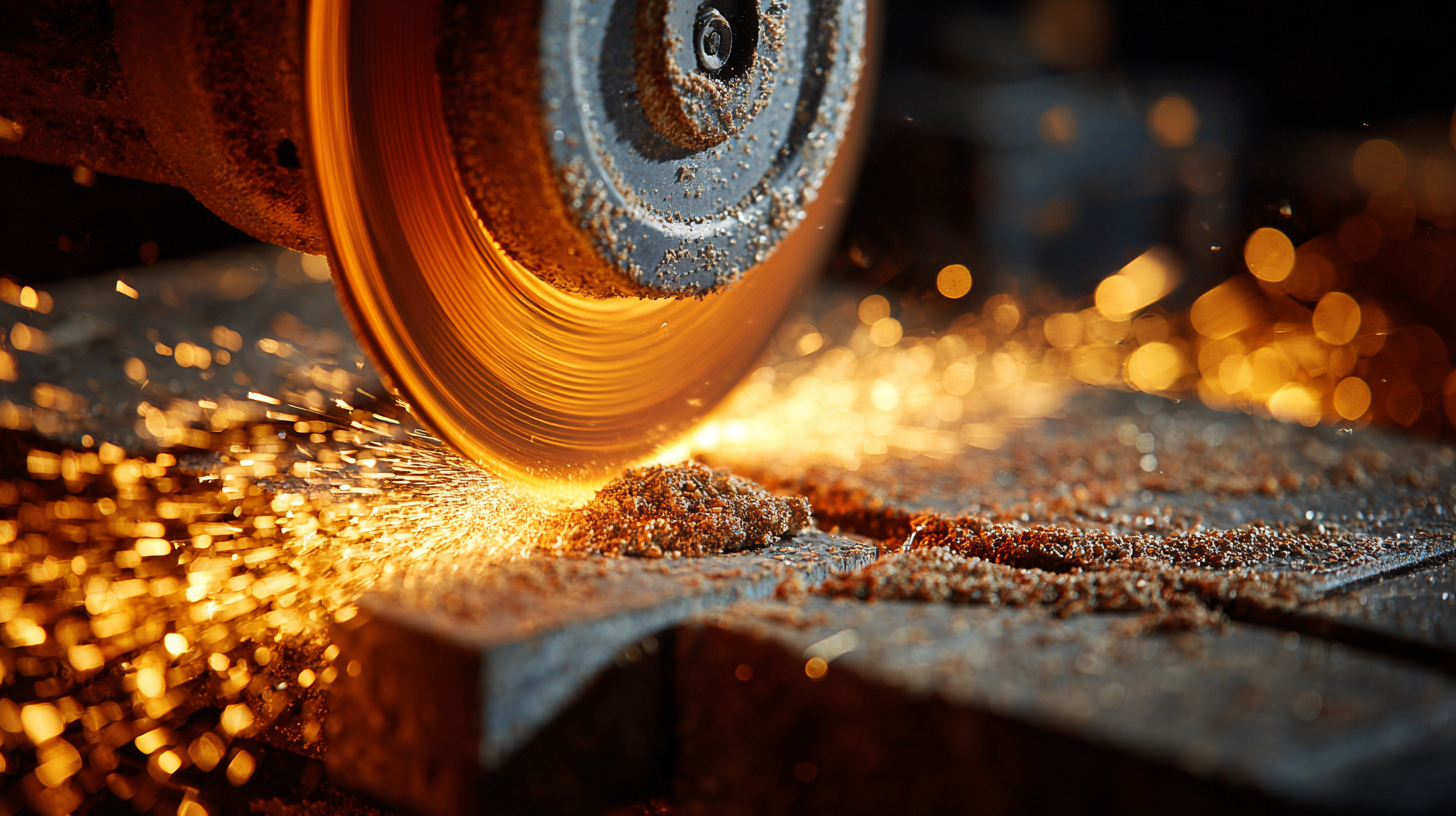
When it comes to achieving superior surface finishes, brick grinding discs are indispensable tools in your arsenal. This step-by-step guide will walk you through the essential process of utilizing these discs effectively for optimal results. Start by selecting the appropriate disc based on the material you are working with. Ensure that your grinding equipment is compatible and safe to use. Proper selection will lay a solid foundation for your finishing techniques.
Once you have your tools ready, begin by preparing the surface that needs finishing. Clean it thoroughly to remove any dirt or residue that could affect the grinding process. Next, attach the brick grinding disc securely to your tool. Start with a gentle pressure and gradually increase as necessary to avoid damaging the surface. Move the disc across the material in a consistent manner, paying special attention to corners and edges. For challenging spots, consider using varied techniques, such as circular motions, to attain an even finish. Always wear safety gear and take breaks as needed to maintain focus and achieve the best results.
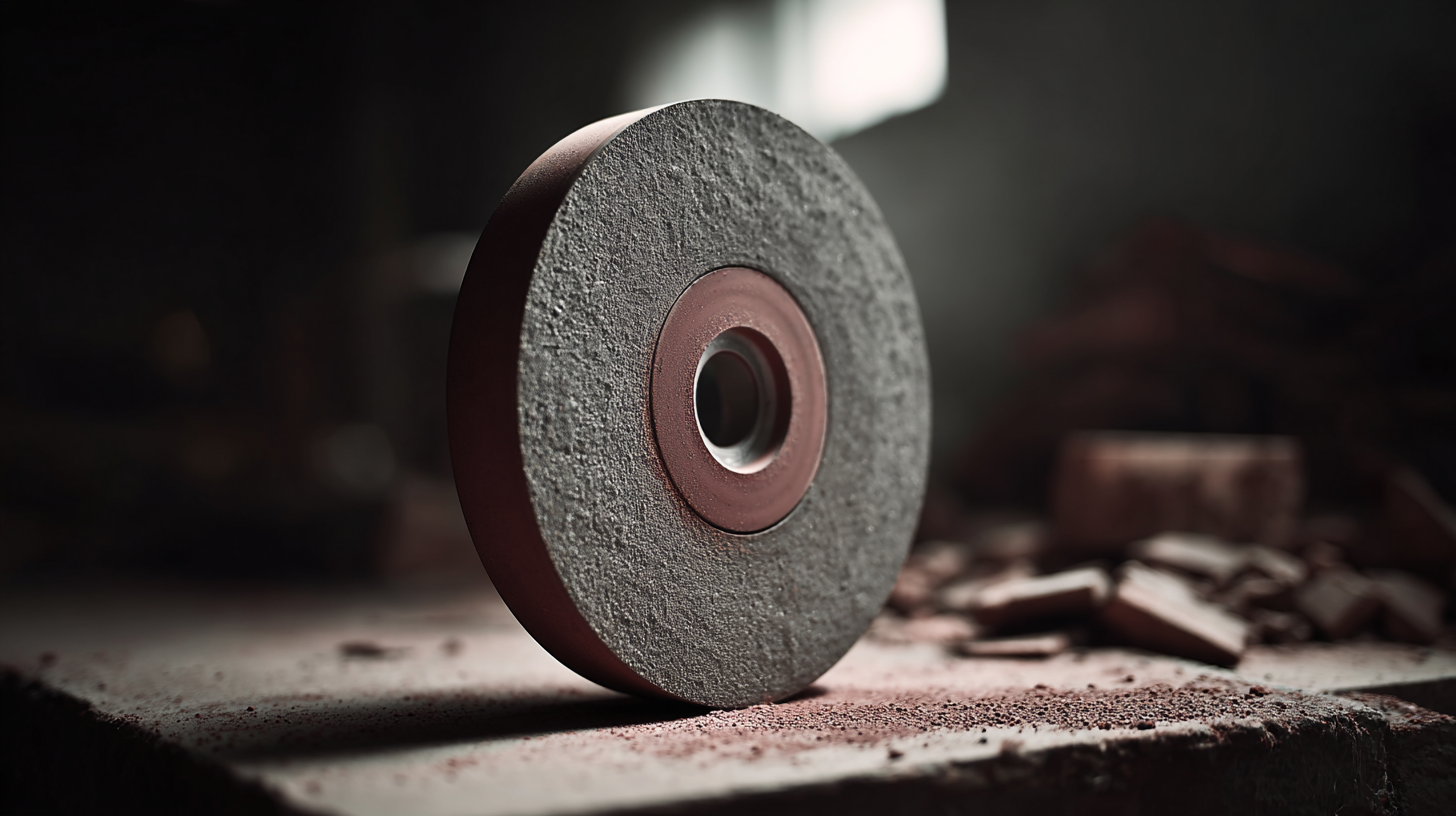
Achieving a flawless surface finish is essential across various industries, from metalworking to woodworking. One of the key tools in this process is the grinding disc, particularly brick grinding discs, which are known for their efficiency in surface preparation and finishing. According to a report by the Abrasive Products Association, utilizing the right grinding disc can lead to a 30% reduction in finishing time while improving surface smoothness by over 20%. This efficiency is vital for industries where precision and aesthetic appeal are paramount.
To master surface finishing techniques with grinding discs, one must first understand the importance of choosing the correct grit size. Coarse grits are ideal for initial material removal, while finer grits help achieve that final polished look. Additionally, proper technique, such as maintaining a consistent angle and applying even pressure, can enhance the effectiveness of the grinding process. The Fabricators & Manufacturers Association suggests that adopting these techniques not only improves the surface quality but also extends the lifespan of the grinding discs, promoting cost-effectiveness in operations. Therefore, it is crucial for professionals to integrate these essential techniques into their workflows for superior results.
When using brick grinding discs, safety should always be a top priority. According to a report by the Occupational Safety and Health Administration (OSHA), approximately 2.3 million construction workers are exposed to respirable crystalline silica, which can arise from grinding brick. To mitigate health risks, it is crucial to wear appropriate personal protective equipment (PPE) such as respiratory masks and safety goggles. Additionally, ensuring a well-ventilated workspace can dramatically reduce inhalation risks, safeguarding the operator while enhancing productivity.
Another important aspect is the maintenance and usage of brick grinding discs. Regularly check for wear and tear, as a worn disc can lead to unsafe operating conditions. The American National Standards Institute (ANSI) recommends inspecting discs before each use to ensure they are in good condition. For optimal results, always follow the manufacturer's guidelines regarding the maximum operating speed of the grinder, and never exceed this limit.
**Tips:**
- Always secure the workpiece to prevent movement during grinding.
- Utilize a dust extraction system to capture harmful particles effectively.
- Practice proper body positioning to avoid injury and maintain control over the tool.
